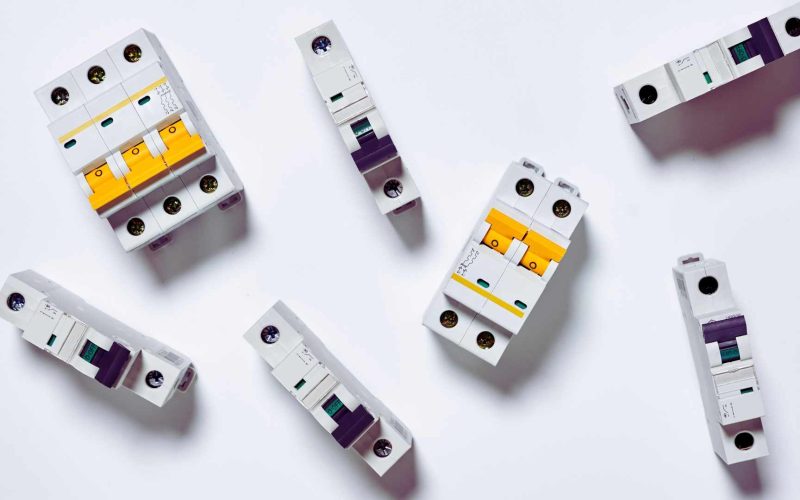In our modern world, electricity is an essential part of our daily lives. We rely on it for everything from powering our devices to keeping our homes and businesses running smoothly. But with all the benefits that electricity brings, risks are also involved. One such risk is electrical shocks or fires caused by faulty wiring or appliances.
That’s where Residual Current Devices come in. If you’re unfamiliar with an RCD or how it works, don’t worry – you’ve come to the right place! In this complete guide, we’ll dive deep into RCDs and equip you with the necessary knowledge to understand their importance and ensure your safety.
So, let’s start at the beginning: What exactly is an RCD? How does it work? And why are they so important in protecting us from electrical hazards? Join us as we unravel the mystery behind these small but mighty devices!
What is an RCD?
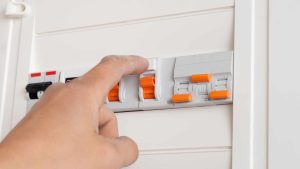
An RCD, or Residual Current Device, is a safety device that protects against electric shocks and fires. It monitors the electrical current flowing through a circuit and quickly cuts off power if it detects any imbalance, preventing potential accidents.
How Does an RCD Work?
An RCD, or Residual Current Device, works by continuously monitoring the flow of electricity in a circuit. If it detects any imbalance between the current flowing into and out of the circuit, it quickly cuts off the power supply to prevent electric shocks or fires.
Why Are RCDs Important?
RCDs are crucial for electrical safety as they protect against electric shocks and potential fire hazards. They quickly detect any current leakage, automatically cutting off the power supply. This helps prevent accidents and ensures the well-being of individuals and property.
Types of RCDs
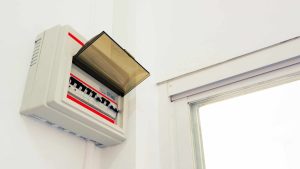
Types of RCDs include,
- Type AC
- Type A
- Type F
- Type B.
Each type offers different levels of protection against electrical faults and is designed for specific applications.
1. Type AC RCD
The Type AC RCD, also known as an “earth leakage circuit breaker,” is the most common type of RCD. It protects against electric shocks caused by faults in standard electrical circuits.
2. Type A RCD
Type A RCDs are designed to protect AC and pulsating DC faults, making them suitable for various electrical installations. They offer enhanced safety by detecting even small leakage currents and quickly disconnecting the power supply.
3. Type F RCD
Type F RCD is a specialized residual current device that offers enhanced protection against electric shock. It provides additional safety measures by detecting and isolating fault currents, making it suitable for sensitive equipment and high-frequency applications.
4. Type B RCD
Type B RCDs offer the highest level of protection, detecting AC and pulsating and smooth DC faults. They are essential for environments with sensitive equipment like medical facilities or EV charging stations.
RCD Protection and Safety
How to wire an RCD, popular brands, testing and maintenance, and what causes an RCD to trip are all important aspects of ensuring the safety and effectiveness of RCD protection.
How to Wire an RCD?
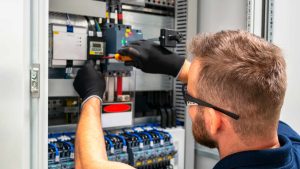
Wiring an RCD is a crucial step in ensuring electrical safety. To do it correctly, turn off the power, connect the live and neutral wires to the corresponding terminals on the RCD, and then reconnect them to the appropriate circuit breaker.
Popular RCD Brands
Regarding popular RCD brands, there are several trusted names in the market. These include Schneider Electric, ABB, Eaton, Siemens, and Legrand. These brands are known for their reliability and quality in providing effective RCD protection.
Testing and Maintenance of RCDs
Testing and maintaining your RCDs is crucial to ensure they are functioning properly. Regularly test the device using the built-in test button, and consider hiring a qualified electrician for more thorough inspections. Keep your RCD in good condition to ensure optimal safety.
What Causes an RCD to Trip?
An RCD can trip for various reasons, such as a fault in an appliance or wiring, moisture or dampness, overloading of circuits, and even lightning strikes. Identifying the cause is important for maintaining electrical safety.
Cost and Availability of RCDs
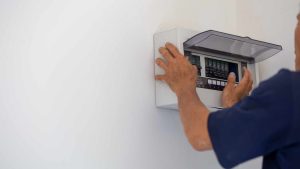
How much does RCD protection cost? Where can you find RCDs? Let’s explore the costs and availability of these essential safety devices for your electrical system.
How Much Does Rcd Protection Cost?
The cost of RCD protection can vary depending on factors such as the type and brand of the device. Prices typically range from $20 to $100, making it an affordable investment for electrical safety in your home or workplace.
Where to Find RCDs
When it comes to finding RCDs, there are several options available. You can check with your local electrical supply stores, and online retailers like Amazon or eBay, or even consult an electrician who can guide you to the best sources for purchasing RCDs.
Conclusion
An RCD is a critical safety device that offers protection against electrical shocks and fires. It works by constantly monitoring the current flow in electrical circuits and quickly disconnecting the power supply if it detects any imbalances or faults.
RCDs come in different types, including Type AC, Type A, Type F, and Type B. Each type is designed to provide specific levels of protection for different types of electrical systems and appliances.
Ensuring proper installation and maintenance of RCDs to guarantee their effectiveness is crucial. When wiring an RCD, following the manufacturer’s instructions or consulting with a qualified electrician is important. Regular testing should also be conducted to ensure the RCD functions correctly.
There are several popular brands known for producing reliable RCDs. Some well-known brands include Schneider Electric, Legrand, Eaton, Hager Group, and Siemens.
Understanding what can cause an RCD to trip is essential for troubleshooting potential issues. Overloaded circuits, faulty appliances or wiring, and moisture ingress into sockets or switches are common causes that may lead to the tripping of an RCD.
RCDs are widely available at hardware stores specializing in electrical supplies and online marketplaces like Amazon or eBay. Additionally, you can contact local electricians who can source them for you directly.
Overall, RCDs play a vital role in ensuring our safety when using electricity, so it’s important to familiarize yourself with these devices, understand how they work, choose the right type for your needs, install them properly, and maintain them regularly by doing so you can greatly reduce the risk of electrical hazards and enjoy peace of mind.





